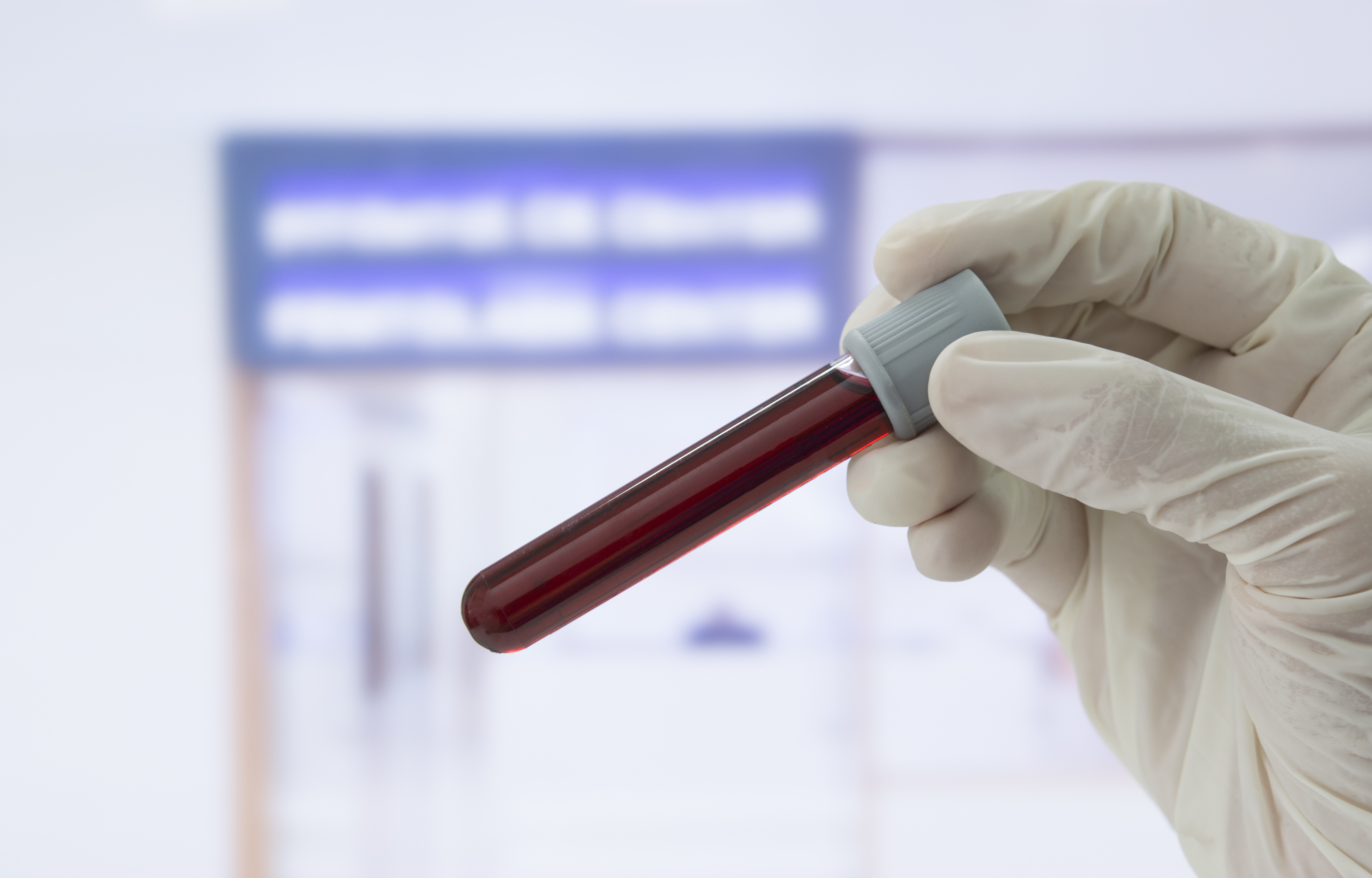
A simple blood test has been developed that detects aggressive and potentially lethal prostate cancer by identifying rare free-ranging tumour cells.
The cells can flag up patients who have a 10-fold increased risk of dying from their disease, allowing targeted treatments to be delivered as quickly as possible.
Each year more than 40,000 men in the UK are diagnosed with prostate cancer. Often the disease is localised, slow growing, and relatively easy to treat.
In other cases, the cancer is much more aggressive and likely to spread or “metastasise” to other parts of the body, such as the bones and liver.
Spotting these dangerous cancers early on before they produce secondary tumours that show up on scans is not easy.
The new test, described in the journal Clinical Cancer Research, is said to provide a highly accurate and straightforward way to single out patients with life-threatening prostate cancer.
It identifies two specific types of circulating tumour cell (CTC) linked to metastasis and poor patient survival. These are tumour fragments that have broken away from the primary cancer and are travelling freely through the blood stream.
In addition the test picks up megakaryocytes, large bone marrow cells that generate platelets and appear to aid prostate cancer survival.
Lead scientist Dr Yong-Jie Lu, from Queen Mary, University of London, said: “This work opens up a wide range of exciting opportunities to benefit cancer patients.
“We have already started to test more patient samples and will soon move on to wider clinical trials to confirm the efficacy of the test.
“We are also working to see if this test can be used on other types of cancer.”
Researchers analysed blood samples from 81 prostate cancer patients using a new cell-capture technology called Parsortix, developed by the British company Angle plc.
The team found that combining the results for one of the CTCs with the standard prostate cancer blood marker PSA – Prostate Specific Antigen – predicted metastasis with 92% accuracy. Used on its own, PSA testing is known to be highly unreliable.
A scoring system based on the test which took account of both CTC types and megakaryocytes was able to identify patients who were 10 times more likely than others to die prematurely.
Rebecca Porta, from the charity Orchid – Fighting Male Cancer, which funded the study, said: “This is a very promising study for patients and has the potential to significantly increase the ability of clinicians to act earlier to treat those who are at a higher risk of dying earlier from their cancer.
“Delivering more appropriate treatment more quickly could help to save lives and prolong life expectancy.”
Dr Catherine Pickworth, science information officer at Cancer Research UK, said: “Cancers spreading to new areas of the body is the main reason why people die from the disease.
“This study shows a potential new way of helping to monitor this spread in men with prostate cancer.”
The two types of circulating tumour cell are known as EMTing and EMTed CTCs. They are at different stages of a transformation process that allows them to acquire stem cell-like properties. Both have previously been notoriously difficult to capture and measure.

Enjoy the convenience of having The Sunday Post delivered as a digital ePaper straight to your smartphone, tablet or computer.
Subscribe for only £5.49 a month and enjoy all the benefits of the printed paper as a digital replica.
Subscribe